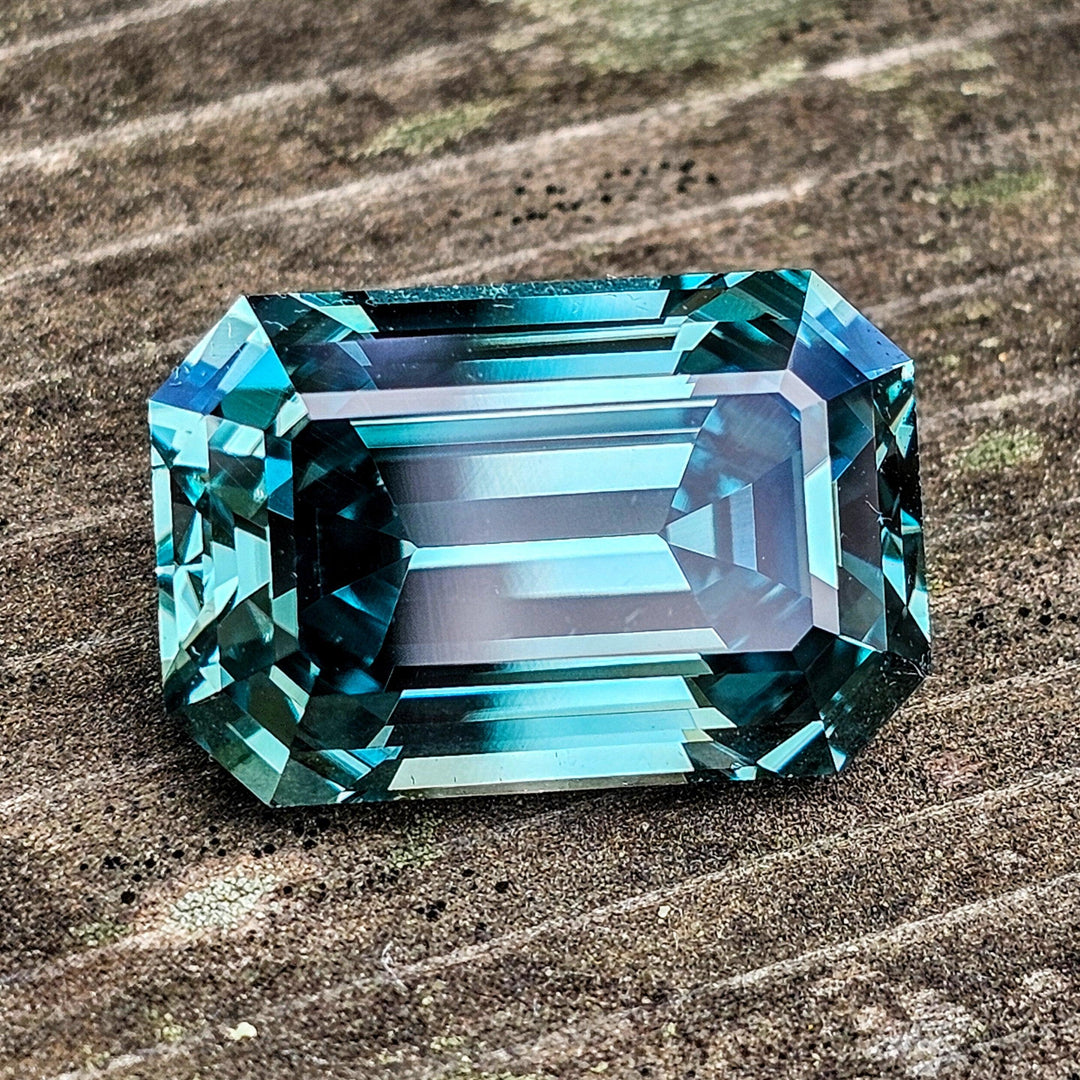🌍 Unearth the Excitement ♻️
🔥 New Items Added Daily! 🔥
📐Precision Cut: .25 micron polish
Creating green Czochralski lab-grown sapphires involves the complex use of nitrogen and cobalt, elements known for their challenging behavior in sapphire production due to their tendency to switch between valence charges under varying atmospheric, temperature, and other conditions. This variability contributes to the somewhat mysterious nature of green Czochralski sapphires, with their shades ranging noticeably from one batch to another. This inconsistency lends credence to the involvement of nitrogen and cobalt in their creation, given the unpredictable results associated with these elements.<br><br>The Czochralski process, a pivotal technique in the field of materials science, plays a significant role in the creation of lab-grown sapphires, including those of the coveted sapphire variety. This method involves the careful pulling of a seed crystal from a molten pool of aluminum oxide, the primary component of sapphire. The controlled environment allows for the precise manipulation of various factors such as temperature, atmosphere, and the addition of dopants like iron, titanium, or chromium to achieve desired colors and qualities. Czochralski sapphires stand out for their remarkable clarity and uniformity, making them highly sought after for both technological applications, such as in laser and semiconductor industries, and in the crafting of exquisite jewelry. The adaptability of the Czochralski process also opens avenues for exploring a spectrum of colors, including the rare and beautiful green sapphire, through the intricate balance of elements like nitrogen and cobalt. This blend of scientific innovation and aesthetic appeal underscores the significance of Czochralski sapphires in both industrial and artistic domains.
This particular batch of lab-grown sapphires cut from the remnants of sapphire case materials originally intended for watchmaking.
